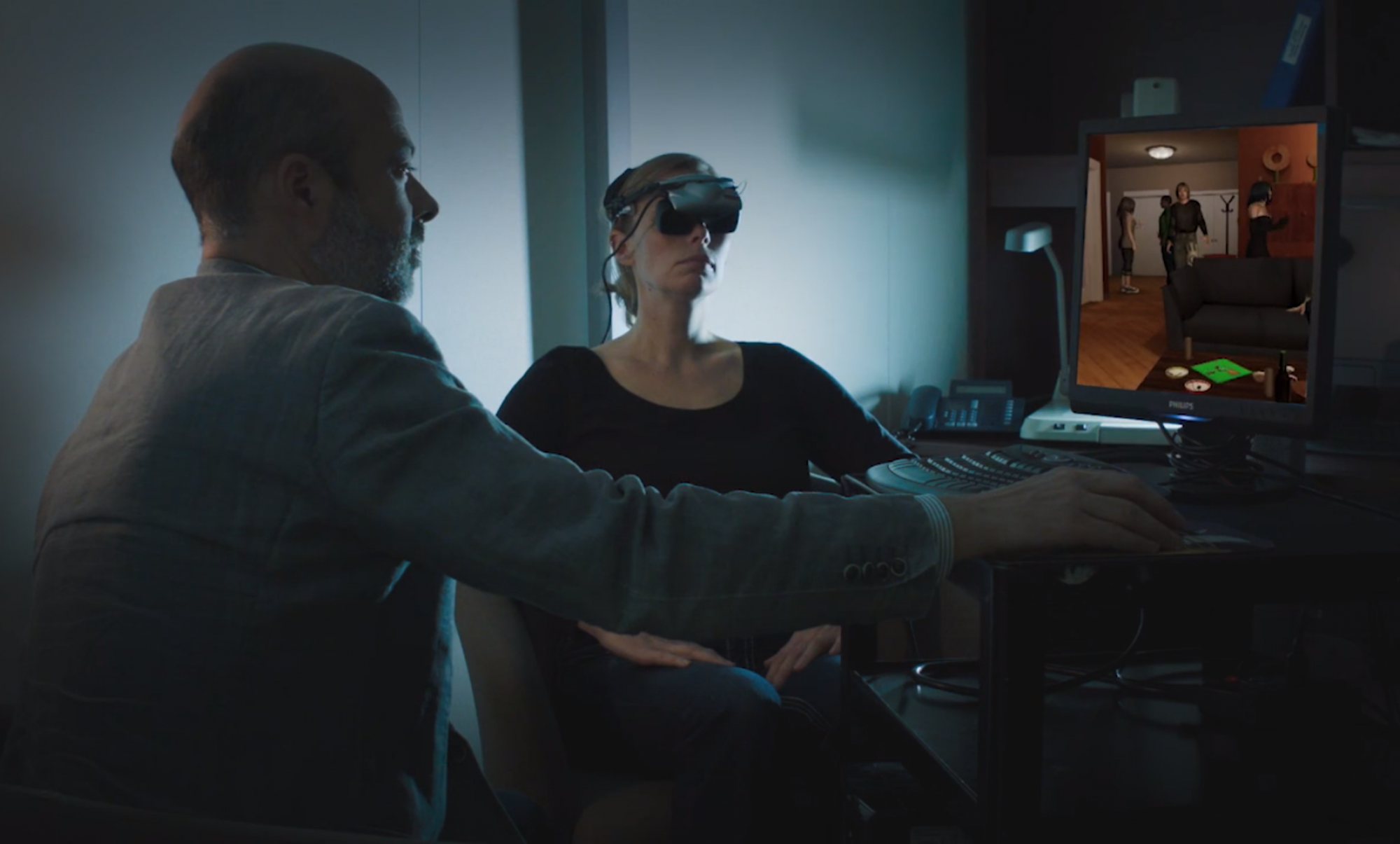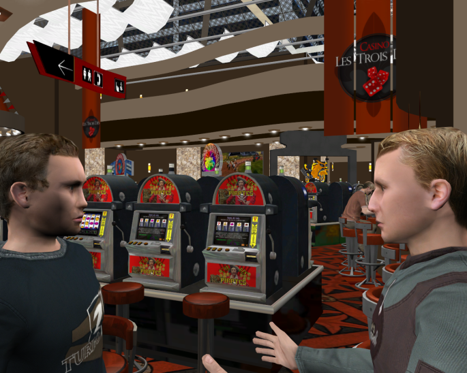What is cyberpsychology?
Before answering the question “What is Cyberpsychology” it is important to first define another concept which has influenced cyberpsychology a great extent: virtual reality. Virtual reality can be defined as “the application that makes it possible for the user to navigate and to interact in real time with an environment in three dimensions generated by a computer” (Pratt, Zyda, & Kelleher, 1995).
By extension, we can define cyberpsychology as the area of psychology focusing on the study of “the effects of cyberspace on the behaviour of humans and of society in general.” (Grand Dictionnaire de la langue française, 2000). Moreover, this field of research understands cyberspace as a psychological space, that is to say a transitional space or a basic extension of the psychic world of the individual.
En savoir plus
Applications in cyberpsychology
References
Pratt, D.R., Zyda, M., & Kelleher, K. (1995). Virtual reality: In the mind of the beholder. IEEE Computer, 28(7), 17-19.
Blade, R.A., & Padgett, M.L. (2002). Virtual environments: History and profession. Dans K.M. Stanney (Éds.). Handbook of virtual environments : Design, implementation and applications (pp. 1167-1177). Mahwah, N.J.: IEA.
Riva, G., Wiederhold, B.K., & Molinari, E. (1998). Virtual environments in clinical psychology and neuroscience: Methods and techniques in advanced patient-therapist interaction. Washington: IOS Press. Stanney, K.M. (2002). Handbook of virtual environments: Design, implementation and applications. Mahwah, N.J.: IEA
Wiederhold, B.K., & BOUCHARD, S. (2014). Advances in virtual reality and anxiety disorders. New York (NY): Springer, 280p. 87 illus. ISBN 978-1-4899-8022-9.




